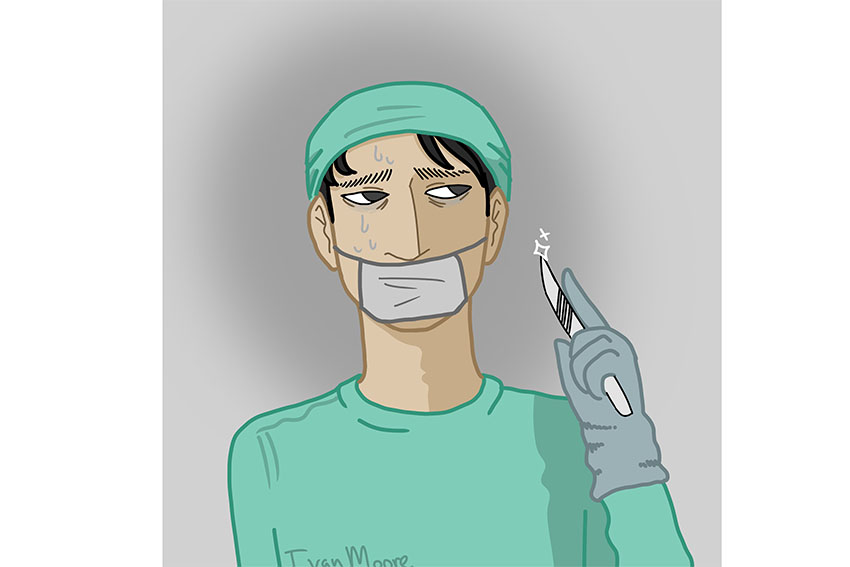As burnout rates rise among physicians, the UT system is developing its first large-scale initiative to tackle the issue.
“(Physician burnout) is feeling fatigued, uninspired and exhausted by the work,” said Carrie Barron, assistant professor of psychiatry at Dell Medical School and director of Dell’s Creativity for Resilience Program to address physician engagement. “It really is a chronic depletion and is a very compromised state.”
Physician burnout is caused by long-term stress that comes from overwork and from becoming disconnected from personal callings toward medicine, Barron added.
Physician burnout is a hurdle to quality care, said Jonathan Cheng, a UT Southwestern Medical School professor and one of the leaders of the UT system-wide initiative.
“Physician burnout has really impacted the ability of physicians to be well, to be engaged in their work, and to deliver care effectively,” Cheng said.
Rates of burnout are rising among physicians, Cheng added.
“Physician burnout (rates) have increased over the course of four years by 9 percent, to the point where the national healthcare community has recognized it to be of ‘epidemic’ proportions and to be a crisis in organized healthcare,” Cheng said. “It’s estimated that 400 physicians commit suicide a year, which amounts to an entire medical school class.”
Changes in the health care system have led to this increased physician burnout, according to Barron and Cheng.
For example, Barron says that the fast-paced and demanding environment of clinical care can often place a stressful burden on physicians.
“We live in a world that is about quantification and documentation,” Barron said. “There are many things physicians need to (constantly) respond to.”
Cheng added that medical administrative structures often fail to keep up with rapid changes in medicine, which leads to a loss of professional autonomy for physicians and an increase in burnout rates.
“A lot of the culture of medicine itself is based on this system that came up through the Industrial Revolution, so it’s a very traditional, command-and-control structure,” Cheng said. “It hasn’t kept up with how complex medical care is now … Because of the increase in regulation and administrative structures and burden, doctors have gradually lost autonomy.”
To address burnout, the UT system is tackling four key areas: medical education and training, clinical documentation and efficiency, leadership, and organizational values and administrative structures.
In particular, meaningful organizational values and well-run administrative structures can positively impact physicians’ senses of calling and reduce burnout.
“Physicians are able to contribute to the overall mission better if (they) can clearly understand the direction and shared values of the organization,” Cheng added.
Barron added that structures that facilitate relationship-centered care, or clinical care that centers around the physician-patient connection, are important.
“We need to have a culture in the medical milieu that emphasizes value-based care and compassion,” Barron said. “When (physicians) are in a position where the infrastructure lets us do what we want to do, which is to take care of people, (and we don’t have to) practice defensive medicine or have an inefficient process in relation to testing and documentation, it works for everyone and patients get much better care.”
So far, the UT system has hosted a nationwide symposium and a UT-specific think tank to develop solutions for burnout in these four areas. Cheng says that his team is currently crafting a list of recommendations for reducing burnout, which will likely be submitted to the chancellor in January.
Cheng sees the future for improving physician burnout rates as optimistic, as the UT system is treating burnout as a serious problem.
“The (UT) chancellor is the only leader of a large healthcare system that has made this kind of commitment in support of trying to fix physician burnout, out of all the systems in the nation,” Cheng said. “We’re very fortunate, and we’re trying to make the most of it.”















